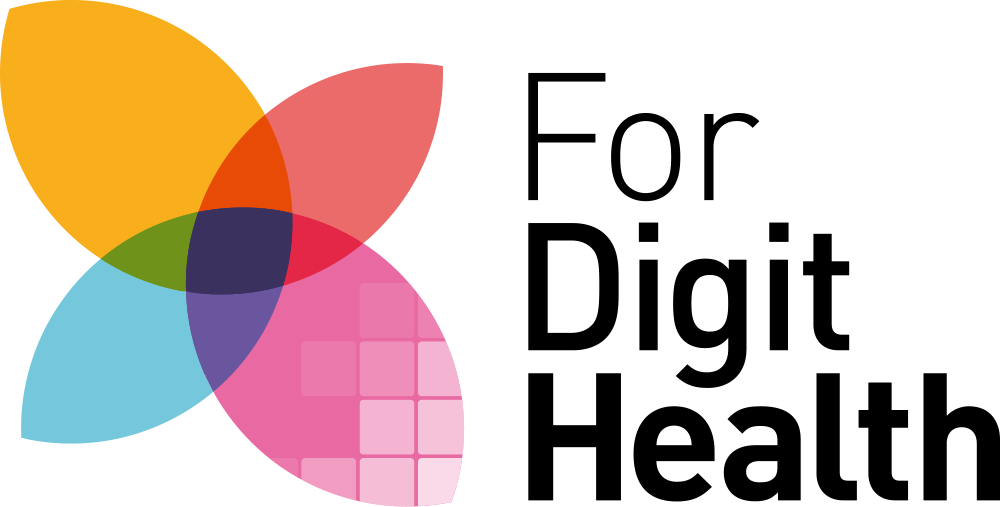People perceive digital stress differently. Some are more resilient because of their personality, while some others have higher digital competencies. People also approach digital technologies and media differently depending on their gender, age, and surroundings. For example, young women tend to be more stressed to maintain their manifold relationships in social networks. However, elderly people tend to not have this problem, because of their less frequent use of digital technology and media. Moreover, the individual’s situation in which they use technology influences whether and how stress emerges. An unexpected text from a supervisor on a Sunday could possibly cause more stress than the same message on in an e-mail on a regular work day.
Our examples show how important it is to take the diversity of people and the situations in which they use digital technologies and media into account. The association has also the aim to draw special attention to said diversity aspects, applying a broad understanding of diversity. Not only the classic social and structural categories of diversity such as age and gender will be considered, but also individual traits, such as digital technology competencies and specific usage contexts. The interaction between these factors of diversity will also be explored. Usually in individual projects only single aspects of diversity can be reviewed. However, the exchange about these aspects within the research association allows a comprehensive synopsis and therefore a holistic view on digital stress.
